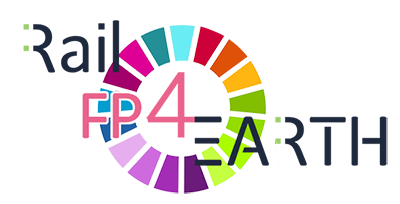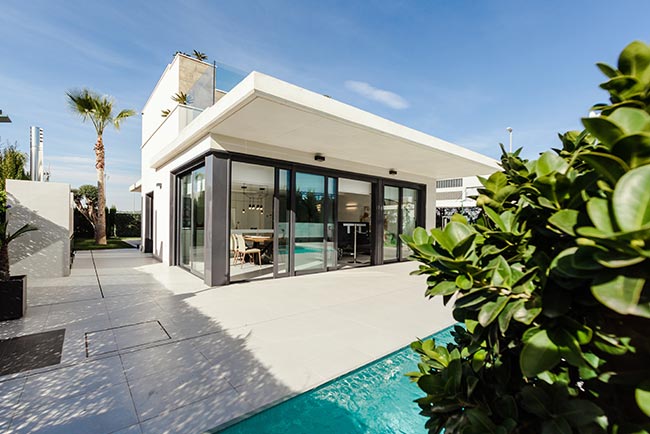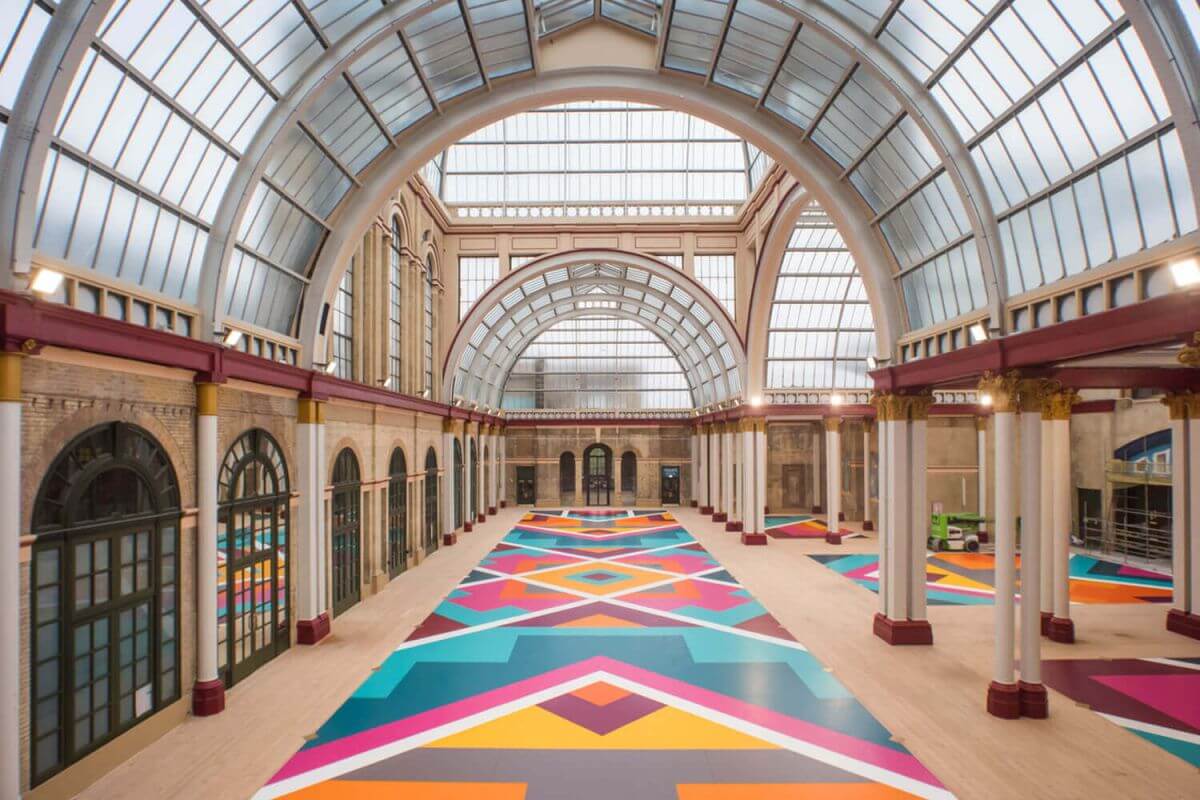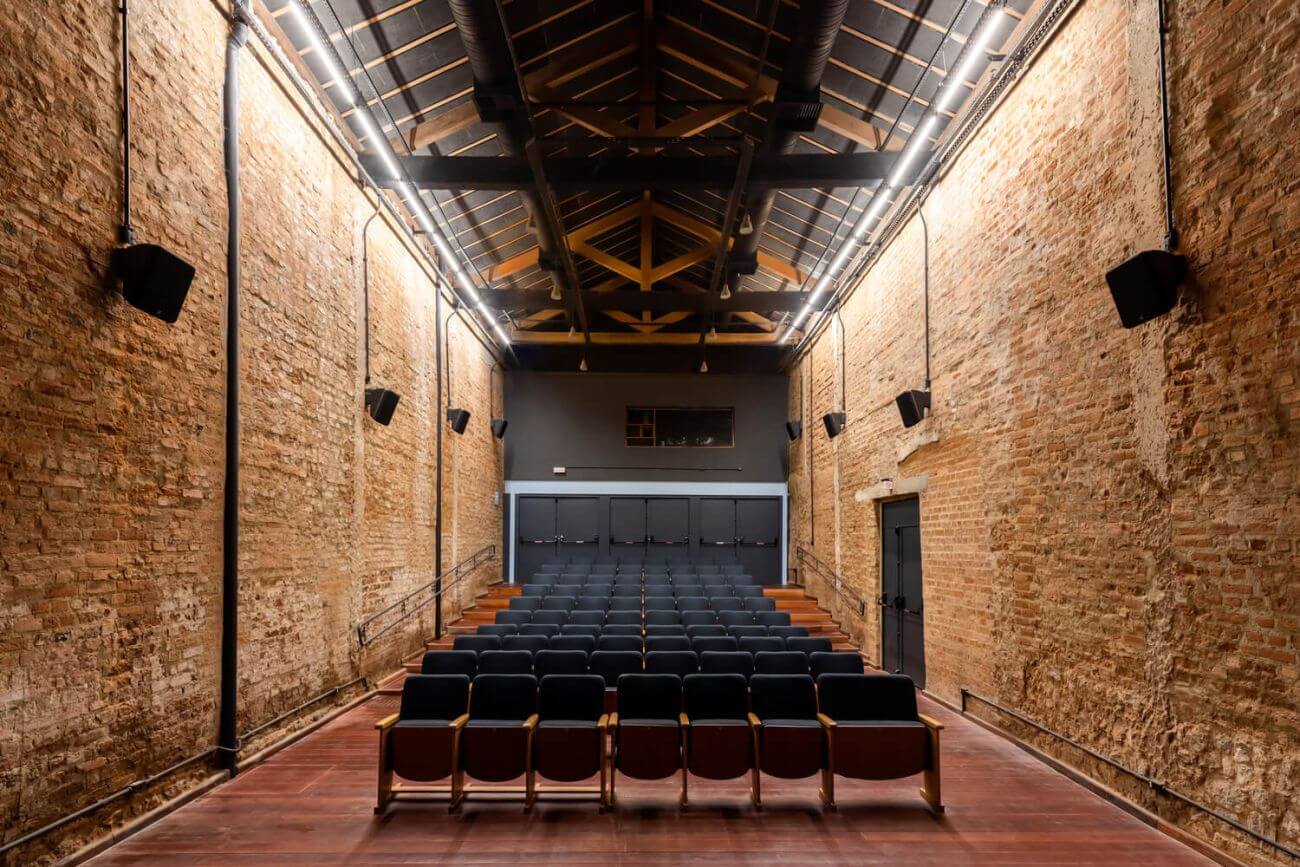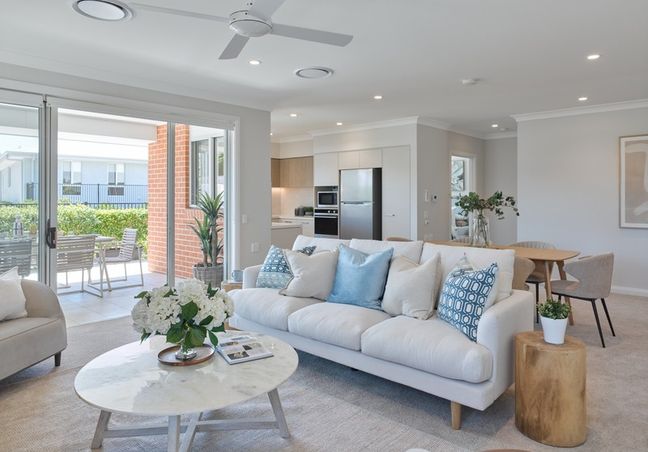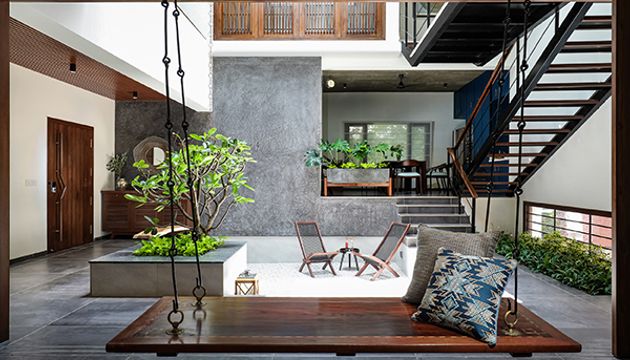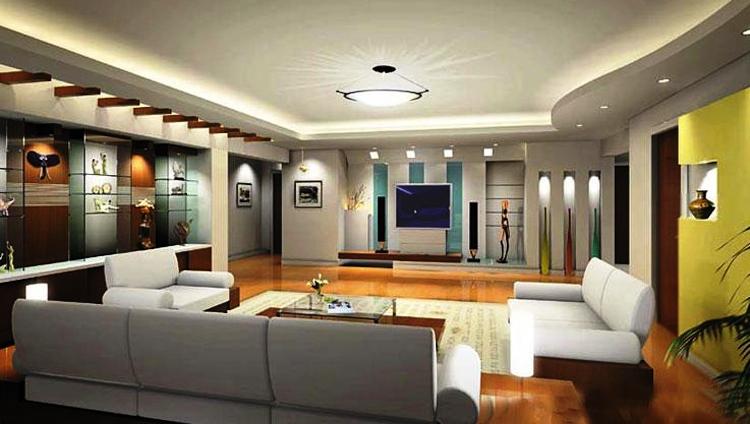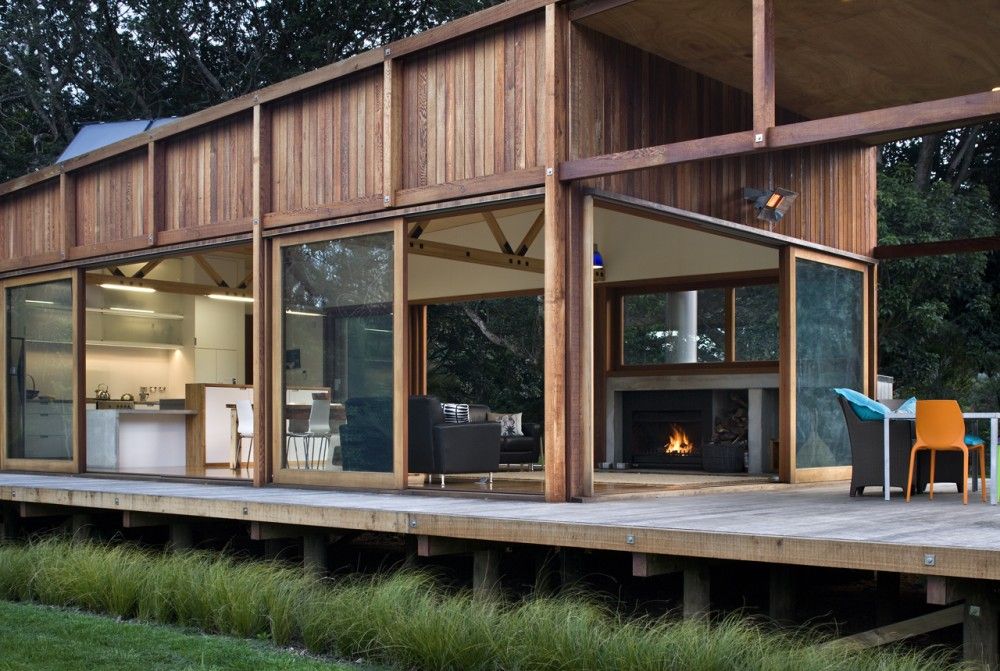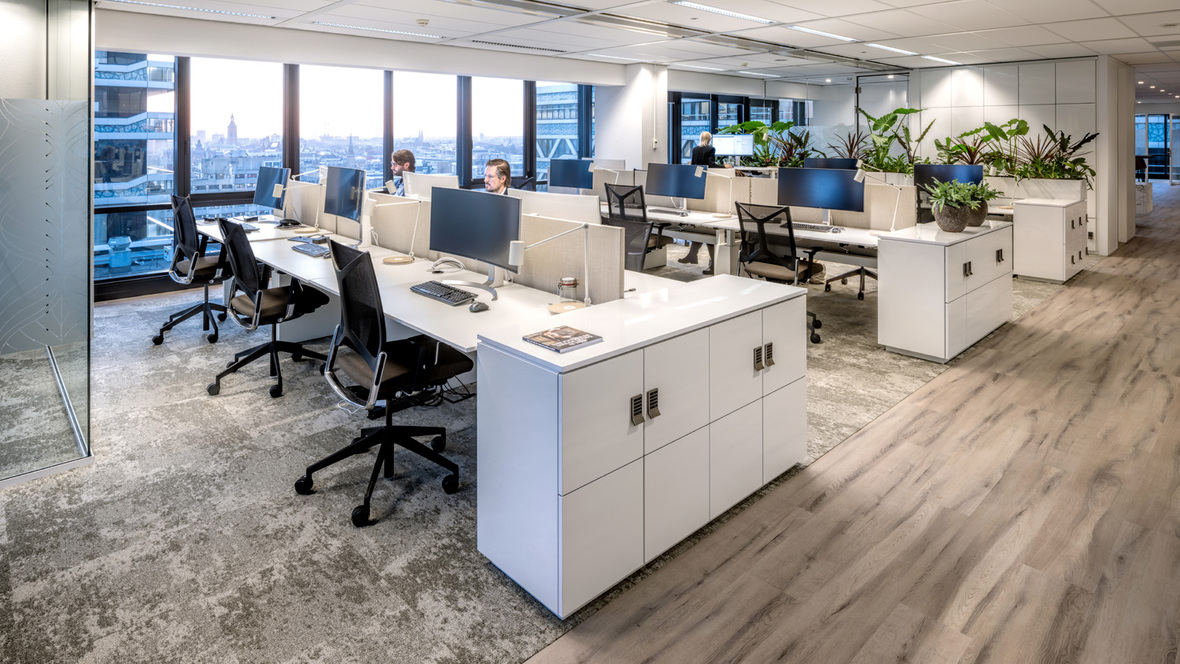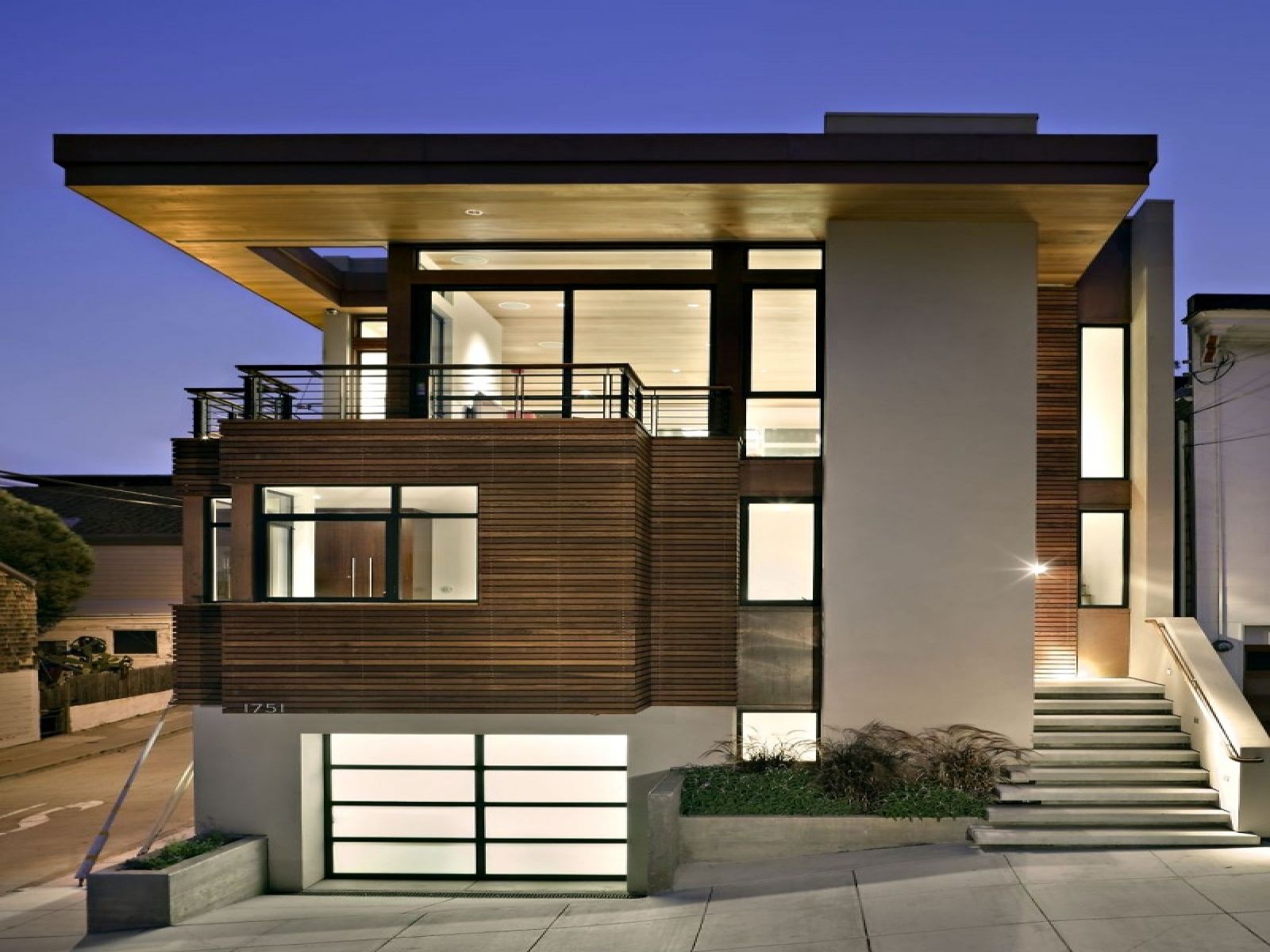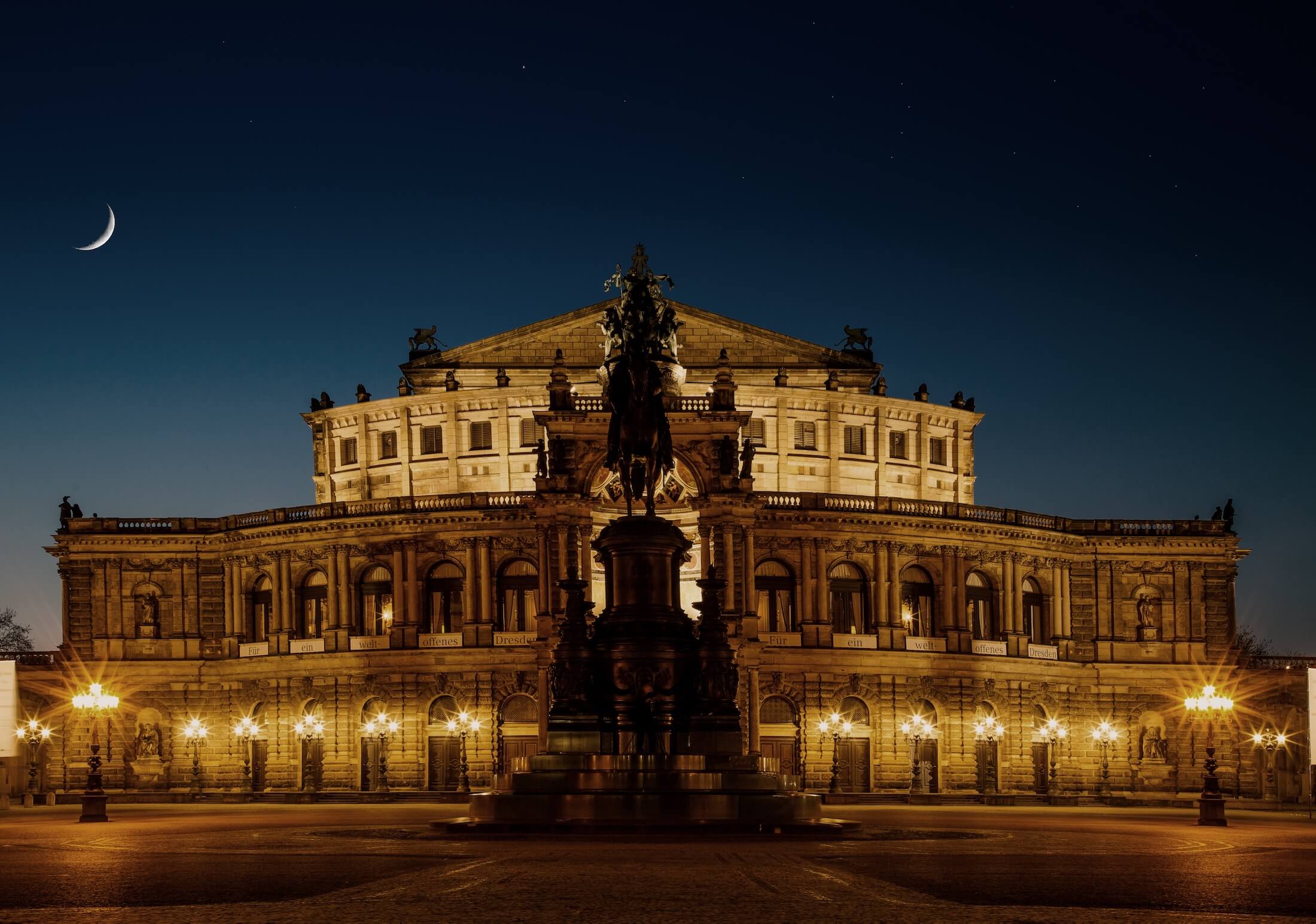PROJECT STRUCTURE
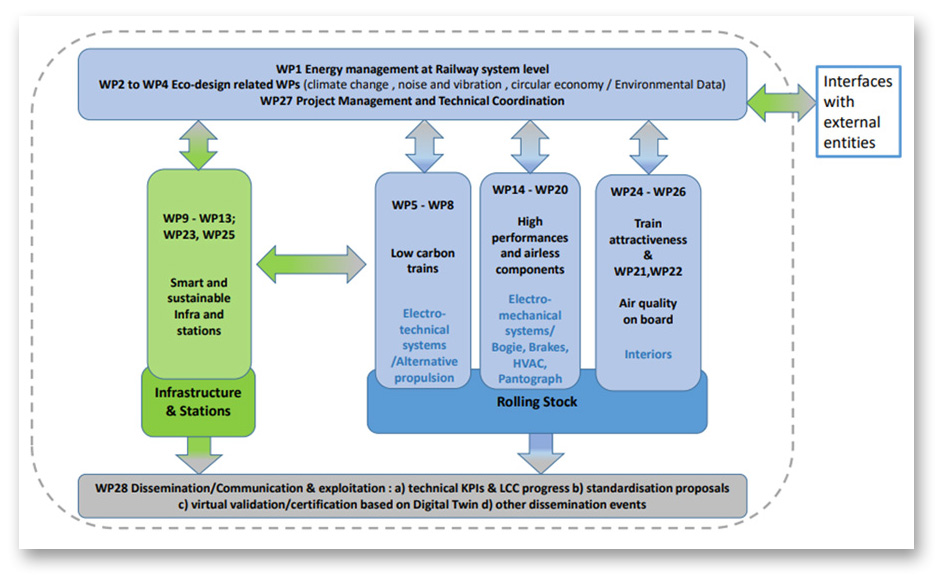
WP01 Energy Management & Pre-Standardisation for Alternative drive trains and related railway system
The work focuses on topics related to energy management at the railway system level. Developments to optimise energy management between rolling stock, infrastructure, and operations to improve energy efficiency, cost savings and resilience towards climate changes. Furthermore, improving the control and management of energy at system levels, between railway and power grid, to stabilise the energy grid with the increasing of renewable energy sources. Energy management with the standardisation of eco-mode functions on-board of rolling stock will be work as well, in interaction with the technical enabler 1 related activities; who’s in charge to study the technics to reduce energy with these eco-mode functions and quantify the savings. Pre-standardisation and interoperable interface between train and infrastructure for the charging process of alternative drive trains is also addressed in this WP. The developments will contribute to the reduction of physical energy consumption (train, infrastructure, station),physical CO2 equivalent emissions, life-cycle costs reduction and reach BEMU autonomy target 200 km.
WP02 Adaptation to climate change
The aim is to implement the EU adaptation strategy to the railway sector to make it resilient to climate. The work will be structured according to two points: a smarter adaptation to the climate change and a faster adaptation by identifying existing solutions and this with a view to European sharing and with climate experts help. We expect to reach TRL5. The developments will contribute to life-cycle cost reduction (maintenance cost, potentially insurance cost).
WP03 Noise and Vibrations
This WP will contribute to further improvement of noise source characterisation (e.g., aerodynamic noise sources) to improve procedures and methodologies for virtual certifications. Additionally, the development of noise perception indicator for rolling stock (including HSL) and simulation tools for noise emissions and propagation and their evaluation of the impact of noise exposure. Moreover, investigations about noise & vibration emission over life span and their degradation. In addition, the development of effective mitigation measures of ground-borne vibration from track or on the transmission path from the track to the receiver (i.e., buildings). including their prediction (insertion loss) for different environments or soils characteristics with interfaces to be integrated in ground-vibration prediction tools. Furthermore, the reduction of curve squeal: Development of infrastructure-based solutions beyond friction modifiers and design guide and specifications for rolling stock (focus on city-lines) avoiding generation of squeal noise in a system approach. Research on test procedures for acceptance inspection of low-squeal noise rolling stock and to how be integrated in prediction and impact studies. The developments will contribute to the reduction of the noise emitted by trains.
WP04 Circular Economy & Environmental Data Management Tools and solutions
Develop sector methodology and tools for the efficient implementation of circular economy solutions in the railway sector (infrastructure, rolling stock and buildings) with integral perspective and defining new indicator from environmental point of view to highlight the results and importance of circularity on railways. In addition, some specific circular economy solutions (new materials development from circularity perspective and reuse of material from train to infrastructure) will be developed and assessed from current situation using the abovementioned tool. These developments will contribute to improve recyclability and reduce carbon footprint and CO2 emissions.
WP05 Development of alternative propulsion based on ESS
Development of innovative propulsion systems based on ESS as alternative to the use of fossil fuels towards a zero CO2 emission rail system. In this WP partners will develop and validate innovative propulsion system components, reusing results from Shift2Rail projects, to improve technical, environmental, circular economy and LCC KPIs. The main targets are:
• Reduction to zero CO2 emissions in regional trains. This would be able by replacing diesel EMUs by battery EMUs without CO2 emissions.
• Achievement of 200kms of autonomy working in batteries for regional trains. The current catenary-free operational range of the BEMU-s is around 80km-100km. Different European operators and rolling stock manufacturers have identified in the Pinta3 project of Shift2Rail the main gaps between the requirement from the operators and BEMU vehicle characteristics, and one of the significant output is the need to develop higher range BEMU vehicles.
• Reduction of 5-10% LCC for specific use cases. Taking into account as baseline the current LCC cost of BEMUs with operational range around 80-100kms, the goal is to reduce the LCC costs 5-10% even if increasing the operational rage up to 200kms.
ii. Prototype manufacturing and testing for components and subsystems will also be covered in this WP. The testing scenarios and tools will also be developed according to the new requirements. The results will be validated with laboratory prototypes achieving a TRL5 in the following scenarios:
• HIL (hardware in the loop): functional validations of the components and subsystems will be done in the HIL
• Power laboratory: unitary and type testing of the components and subsystems will be done in mechanical and electrical laboratories (vibration tests, power tests, EMC, etc..) Additionally, partners will develop energy management models and systems that can be integrated in further energy optimisation models and systems (e.g. Connected DAS). Methods and tools will also be developed especially on multi-physics modelling, virtual simulation creating Digital Twins of on-board sub-systems and components, leading to virtual certification.
WP06 Train demonstrators of alternative propulsion based on ESS
Train demonstrators of alternative propulsion based on ESS linked to developments carried out in WP5. In this WP the partners will work at the train “system” level developing prototypes of alternative propulsion systems based on the results at “subsystem” and “component” levels from WP5. In this phase partners will validate and demonstrate the results in HIL and in combined tests in power laboratories being these scenarios relevant environments (TRL6) for the validation and demonstration of alternative propulsion system prototypes and preparing the demonstration of the feasibility of the innovations in operational environment at precommercial scale (TRL7) in the following phase of EU-RAIL. The final quantification of the same KPIs as WP5 will be measured on prototypes tested on test bench.
WP07 Development of alternative propulsion based on hydrogen
In this WP some development related with the implementation of alternative energy solutions based on hydrogen for the rolling stock up to TRL6 will be developed, including technical enablers for the deployment of these technologies: system for improving the efficiency of the H2 traction system or higher-pressure tanks adapted for railway environment. New high-pressure tank up to 700 bar and a system for using the low enthalpy energy coming from the cooling of the fuel-cell system (wasted energy). These developments will be applied on hydrogen hybrid locomotive for freight-passengers and hydrogen hybrid trains: infrastructure inspection vehicle
ii. These developments will contribute to energy and equivalent CO2 savings in the rail system. In addition, works on definition of common interfaces between rolling stock and infrastructure for refuelling will be addressed. The development of this WP will contribute on further developments on fuel-cell or batteries, but nor fuel-cell nor batteries will be developed within the WP.
WP08 Hybrid battery/H2 vehicle demonstrators
In this WP we are going to implement the different developments of WP7 on demonstrators. Energy storage through H2 high-pressure tank will be implemented on infrastructure inspection vehicle. This vehicle is also link with FP3. Energy management solution to improve efficiency and range will be implemented on a hydrogen hybrid locomotive for freight-passengers and technical recommendation for sharing with WP9 for refuelling interfaces. These developments will contribute to energy and equivalent CO2 savings in the rail system and will be tested on track with the demos on FP4 together with FP3.
WP09 Interoperable Hydrogen Refueling Station
Objective of WP9 is to improve hydrogen refuelling stations for railway sector by standardize its elements. First part of work is focusing on methodology of location and configuration of refuelling station that consider such factors us hydrogen demand, multimodality of station (use for road transport), possibility of hydrogen production on side (availability Renewal Energy Sources) and safety issues. The safety analysis will be developed for the general case and then applied to the specific case. Next part of work will Work on refuelling station will include fast refuelling process. The KPI’s of this work package are: Improve Life Cycle Costs of hydrogen refuelling station by decreasing its CAPEX. That will be reach by standardising elements of refuelling station. Addition LCA of refuelling station will decrease OPEX by increasing efficiency of refuelling process. Physical CO2 equivalent emissions by decreasing emission of kg CO2/km by improving hydrogen supply chain In this work package results from: PINTA3 project, Fuel Cell Hybrid Power Pack for Rail Applications (FCH2RAIL), Protocol for heavy duty hydrogen refuelling (PRHYDE) and Hydrogen Contaminant Risk Assessment (HyCoRA) project; will be used. This work package will correspond with the work packages for the hydrogen rolling stock work packages 7 and 8. The results containing standardization will be used for the results of work package 1.
WP10 Smart infrastructure power supply
The objective of this work package is to develop and integrate innovative solutions (more active energy control, use of ESS, new parallel power converters, optimisation, and management tool of energy in the infrastructure) into the legacy railway system to improve and enhance the infrastructure traction power supply. It is expected to perform specifications, development of new products, tools, and equipment of the solutions with demonstrators in operational environment. The work from WP10 contributes to the reduction of the global energy consumption, reduction of the Life Cycle Costs (LCC) of infrastructure and reduction of the physical CO2 equivalent emissions (LCA).
WP11 Requirements and preliminary developments for Railway Energy Hubs and Smart Green Railway Stations
The objectives of the work carried in this WP’s 11 are
better energy management at station level (stations as energy hubs) and improvements on the energy flexibility and resilience of Electrical Smart Grids. Work will showcase new and innovative solutions to manage and minimize energy consumption by optimising the use of needed resources and reducing the total cost of ownership. Goal of this WP is to cover the requirement definition and preliminary developments for several use cases / pilots that will be necessary for the implementation and demonstration, carried out WP12 (Energy Hubs)and WP13 (Railway stations). One use case / pilot will be implemented entirely. Experience and lessons learned will serve as input for some of the other use cases. This WP covers the preliminary stages of the developments in relation to Energy Hubs (scope of WP12) and Stations (scope of WP13). This includes the characterization and the definition of the functional and technical requirements of the different pilots, the design of the validation plan oriented towards the end of the demonstration (achieved for all pilots but one at the endo of the project) as well as the preliminary developments.
ii. The developments will contribute to the following
• Energy Hubs
o Percentage decrease of CO2 equivalent emissions linked to wider usage of RES and more local use of energy, instead of powering energy hubs from more emissive sources
o Percentage decrease of energy consumption thanks to decreasing loses of powering local grid, as energy will be generated and used locally
o Energy Storage System power and energy capability for peak shaving increase, as it will be one of the scenarios of working energy storage in energy hubs.
o Percentage increase of consumption of renewable energy
• Stations:
o CO2 equivalent emissions reduction:
o energy savings:
increasing the percentage of box in box modular components to the total station construction
o stations consumption of renewable energy ,
o shortening the station implementation process
WP12 Railway energy hubs. Implementation and demonstration
Based on WP11 outcome, the main aim of WP12 is to develop a new way of powering railway grid with the use of Renewable Energy Sources (RES) and local energy balancing solutions, such as energy storage systems and regenerative braking efficiency improvement. As a result, so-called energy hubs will be created. Within such an energy hub due to developed logic and control devices for energy flow management the energy balance and energy efficiency will be optimised, thus leading to the maximised grid saturation of RES as well. The WP12 will be focused on implementing energy hub demos and their management algorithms in a variety of different locations and conditions, as well as on developing virtual power plant (and Demand Management
i. In short, objectives of WP12 are:
- creating rules for railway energy hub settlement,
- defining good practices for development of energy hubs,
- creating place for additional RES in near-railway grid,
- developing railway energy hub’s position as an important part of local community,
- defining place for additional services in energy hub,
- developing DSR and DSM solutions for railway.
- integrating RES, energy storage and braking energy recovery systems,
- increasing efficiency and performance of the multi-voltage DC traction system,
- improving sustainability of the infrastructure,
- minimizing environmental impact and energy consumption, also leading to energy and equivalent CO2 savings in the rail system.
ii. the developments will contribute to :
• Decrease the physical CO2 equivalent emissions (LCA) linked to wider usage of RES and more local use of energy, instead of powering energy hubs from more emissive sources
• Decrease the physical energy consumption thanks to decreasing loses of powering local grid, as energy will be generated and used locally
• Energy Storage System power and energy capability for peak shaving increase, as it will be one of the scenarios of working energy storage in energy hubs.
• Increase the Consumption of renewable energy, as some of the ES will let to connect to grid new sources
iii. in the output of the WP will also have indirect impact for development of hydrogen storage performance (as it will support usage of technology), saving energy in hub (as a result of better use of recuperative energy braking) and, due to decrease of usage of another energy sources, reduction of carbon footprint and improvement of air quality.
WP13 Smart green railway stations. Implementation and demonstration
This WP develops technologies oriented towards smart green railway stations. It covers technologies oriented towards the construction of a new modular station as well as those oriented towards a better energy performance of railway stations. Two real validation pilots will demonstrate the technologies developed: a new modular station (in Poland, provided by PKP) and an existing railway station in (in Spain, provided by ADIF).
WP14 Development & integration of electro-mechanical systems supporting air-less train
As state of the art, today’s trains base the implementation of key functions on compressed air (mechanical brake, secondary suspension, pantograph, sanding, etc…). The AGTU systems (air generation and treatment unit), used to provide compressed air, have a poor energy efficiency (≈20%), a considerable weight (up to 800-900 Kg per train), generate high noise & vibration and require significant maintenance activities and costs. The major trend in other transport modes (road, aviation) has been to remove actuators powered by fluids and replace them by electric actuators. The same major trend appears in railways and the ultimate step will be to completely remove air compressors and related pipes and reservoirs on “airless” trains. The first major step to be done is an airless bogie to be completed by an airless pantograph. This will bring savings on energy & maintenance, noise reduction, improve reliability and give some weight saving usable for other train performances improvement (battery-powered train’s autonomy, for example if compressor & piping weight is replaced by batteries). WP14 is covering the first period of the project and focuses on the development of the solutions supporting the air-less train. WP15 covers the second period of the project and will demonstrate the solutions suitable for train integration
WP15 Demonstration of electro-mechanical systems supporting air-less train
The WP15 represents the natural continuation of the WP14, with the objective to demonstrate the solutions supporting the air-less train. The work on the railway standard aims to ensure the applicability of the norms to the air-less solutions and, where needed, to suggest adequate interpretation. To enable the transition towards the air-less train, demonstrators are expected for air-less bogie and air-less pantograph. Concerning the air-less bogie, the objective is to proof the technologies used to develop the electro-mechanical brake & suspension systems and demonstrate that these solutions can achieve the traditional functionalities without requiring an on-board compressor. With the same logic, the work on pantograph aims to demonstrate that the air-less solution guarantees the same functionalities of its pneumatic predecessor, without using compressed air. This will bring savings on energy & maintenance, noise reduction, improve reliability and give some weight saving usable for other train performances improvement (battery-powered train’s autonomy, for example if compressor & piping weight is replaced by batteries).
WP16 Development of High-Performance Bogie
Improvement of electro-mechanical components and sub-systems for the rolling stock, specifically optimised motors and gearboxes, high performance bogies and new materials will be tackled in WP16 and WP17. Whereas in parallel the use of the existing infrastructures is defining fix and firm constraints which may not be exceeded as typically the load per axle, rolling stock should be flexible to adapt it. Consequently, and to meet these environmental and energy challenges the train itself must re-consider, i.e., some of the conventional architectures known for decades should be re-evaluated. The major existing trend consists in using high technology light materials to reduce the mass of the vehicle based on an existing and conventional architecture. This leads to mass reduction influencing positively the environmental impact reduction of energy consumption, but it leads to potential significant cost increases which could not be compatible with the market’s expectations. The next major step is to revisit the architecture of these two sub-systems (running gear and drivetrain) and apply as well on this revisited architecture the use of high technology light materials where it really pays off. This will bring improvements on KPIs, like efficiency of the drive as well as mass savings on the running gear to reduce energy consumption, reduce maintenance costs and further improve reliability. The potential mass savings by up to -20% are also usable for other train performances improvement like extending the autonomy of BEMU when tons of bogies and drives are replaced by tons batteries, keeping the axle load unchanged to protect the existing infrastructure.
WP17 Demonstration on High-Performance Bogie
Improvement of electro-mechanical components and sub-systems for the rolling stock, at TRL6, specifically optimised motors and gearboxes, high performance bogies and new materials; In this WP we are going to work on the demonstrators developed on WP16. This will bring improvements on efficiency of the drive as well as mass savings on the bogie to reduce energy consumption, reduce maintenance costs and further improve reliability. The potential mass savings by up to -20% are also usable for other train performances improvement like extending the autonomy of BEMU when tons of bogies and drives are replaced by tons batteries, keeping the axle load unchanged to protect the existing infrastructure.
WP18 Development of eco-friendly HVAC
Develop alternative technologies to replace hydrofluorocarbon refrigerants by HVAC system using green refrigerants or new cooling technologies with reduced energy consumption. The activities will bring further reduction of HVAC energy consumption (-30% compared to existing HFC technology without heat pump) by keeping the environmental impact of the used materials / refrigerants at a minimum. The reduction of energy consumption is key for battery trains autonomy, since HVAC requires up to 30% of the total energy used by the train.
WP19 Lab testing of eco-friendly HVAC
Validate and demonstrate in lab environment (TRL 6) selected alternative technologies to replace hydrofluorocarbon refrigerants by HVAC system using green refrigerants or new cooling technologies with reduced energy consumption. Tests are conducted according to an established protocol, which covers relevant railways standards and has a special focus on verification of annual energy consumption.
WP20 Improved aerodynamic, development & demonstration
Improving the aerodynamics of trains, especially conventional as well as high speed trains, by proposing innovative solutions and improving evaluation methods is an important way to contribute to the environmental sustainability of railway systems. It must be considered that conventional rail trains (i.e., trains in the 140 – 200 km/h speed range which are the backbone of the European rail system) are usually not streamlined and the roofs host various equipment, and therefore it is possible to lower drag by optimising the roof equipment positioning and geometry. The conceptual development of generally applicable and lower cost designs for low drag vehicles is important and will be conducted. The optimisation the roof surfaces and a better control of the current tools (CFD, for example enhanced Reynolds Averaged Navier Stokes (RANS) or Large Eddy Simulation (LES) methods, wind tunnel, ....) and their limits will make it possible to reduce the aerodynamic drag and crosswind forces on the train and thus to reduce the energy consumption of the trains or increase their autonomy and safety. Especially the possibility of virtual tests, numerically as well as experimentally, will lead to an enhanced design and homologation process. This work will contribute to LCC reduction by means of virtual certification and NGR/CO2 reduction by means of drag reduction.
Improving the aerodynamics of trains, especially conventional as well as high speed trains, by proposing innovative solutions and improving evaluation methods is an important way to contribute to the environmental sustainability of railway systems. It must be considered that conventional rail trains (i.e., trains in the 140 – 200 km/h speed range which are the backbone of the European rail system) are usually not streamlined and the roofs host various equipment, and therefore it is possible to lower drag by optimising the roof equipment positioning and geometry. The conceptual development of generally applicable and lower cost designs for low drag vehicles is important and will be conducted. The optimisation the roof surfaces and a better control of the current tools (CFD, for example enhanced Reynolds Averaged Navier Stokes (RANS) or Large Eddy Simulation (LES) methods, wind tunnel, ....) and their limits will make it possible to reduce the aerodynamic drag and crosswind forces on the train and thus to reduce the energy consumption of the trains or increase their autonomy and safety. Especially the possibility of virtual tests, numerically as well as experimentally, will lead to an enhanced design and homologation process. This work will contribute to LCC reduction by means of virtual certification and NGR/CO2 reduction by means of drag reduction.
WP21 Rolling stock on board air quality developments
Since the beginning of the Covid19 pandemic investigations about air quality and impact of air conditioning and air distribution system have been carried out. The impact of the air distribution system on the spreading behaviour is confirmed and the potential of alternative ventilation concepts is indicated. Further, many suppliers have proposed materials offering new functionalities claiming to be bactericidal, germicidal, fungicidal, or even viricidal. However, the efficiencies claimed by these materials are not comparable or verifiable directly on Rolling Stock because the standards and testing protocols used are not adapted to RS applications or operating constraints. For a comprehensive solution the interaction between technical installations, effects on thermal comfort and air quality need to be fully understand. This will be used as input for WP22 to develop and demonstrate technically and economically validated solutions. The results will lead to an improved on board air quality by a reduction of concentration of viruses, bacteria’s or particles as PM1, PM2.5, PM10. The developments will contribute to the air quality improvement and reduce concentration of particulate matter, virus or bacteria.
WP22 Rolling stock on board air quality demonstrations
The objectives of this WP are realisation, demonstration, and validation of air quality achievements. Based on the results of WP21 the activities are focused on validation of for rolling stock adapted technical solutions identified there. For validation of air quality, the measurement protocols defined in WP21 will be used for tests in labs and on trains..Finally, the demonstrations should enable to give qualified recommendations for later operation including different technically and economically validated solutions. This will bring a better air quality by lowering the concentration of viruses, bacteria or particles as PM1, PM2.5, PM10. The developments will contribute to the air quality improvement and reduce concentration of particulate matter, virus or bacteria.
WP23 Air quality on covered platforms and tunnels
Build a better understanding of non-exhaust emissions to assess the risks and to elaborate an action plan, with a focus on underground railway rights-of-way: Knowledge development & requirements /Predictive tool & measurement protocol. This WP aims at defining protocols for air quality measurements and to validate a predictive tool. The developments will contribute to the air quality improvement and reduce concentration of particulate matter, virus or bacteria.
WP24 Sustainable Interiors, Knowledge and Opportunities
The objectives of the WP24 are to build the key factors to design sustainable interiors focused on modularity and circularity of materials and design considering the state of the art and the new opportunities for the railway sector. The work package will analyse the constraints and the new circular materials and ways of design to propose main aeras of development. The development phase will be done mainly in the WP25. WP24 must be considered as the step one of the studies and WP25 as the step of design and demonstration. The WP24 is organized as an innovative design program and will be based on a pre-competitive collaborative design approach focus on « modular and circular interiors». This WP will be based on three main phases: intense and critical knowledge mutualization, then conceptualization seminars and roadmap elaboration. The final TRL is TRL2-3: needs, ambitions and roadmap defined. During the WP, few mock-ups could be done but only to show technologies or evaluate finishing for example. The WP developments contribute to the reduction of Life Cycle Cost, CO2 emissions, Carbon footprint, as well as recyclability and weight saving ).
WP25 Sustainable Interiors, Pre-concepts and Mock-ups
The objectives of the WP25 are to propose new interiors based on the key factors and the roadmap defined in the WP24. The work package will develop concepts from the ideation to the feasibility studies. The development phase will be done with 2 main topics separately: Ultra-modularity of interiors and Circular interiors (circular material design and circular materials – inflow and outflow). The final objective of the WP25 is to demonstrate the innovative approach by virtual and physical mock-ups. Urban, regional, intercity, and high-speed train will be analysed by the partners. TRL5 demonstrators (physical and 3D models): interiors modularity, fixation systems/aesthetic. The WP developments contribute to the reduction of Life Cycle Cost, CO2 emissions, Carbon footprint, as well as recyclability.
WP26 User experience and User Interfaces, Knowledge and pre-concepts
The objectives of the WP26 are to build new experiences on board considering the state of the art and the new opportunities for the railway sector; to propose pre-concepts of new architecture specifically designed for ultra-modularity and propose pre-concepts of new user interfaces by using new technologies. The WP will develop concept from the ideation phase to the feasibility studies. The development phase will be done with 2 main topics separately: new architectures for ultra-modularity and new user interfaces. The final objective of the WP26 is to demonstrate the innovative approach by first pre-products. The WP will start from ideation (TRL2-3) to proof of concepts. The final TRL is TRL5: mock-ups and virtual demonstrators. The WP developments contribute to the reduction of Life Cycle Cost, Carbon footprint, as well as recyclability.
WP27 Project Management and Technical Coordination
The main objectives targeted in this Work Package are carrying out administrative and financial management of the project, internal coordination of work across all WPs of the project, via quarterly TMT and SC meetings and interface with EU-RAIL, other FAs and suitable external entities and Working Groups.
WP28 Dissemination, Communication and Exploitation
The main objective of this work package is to ensure that the project results & outputs on the global scope of the project (rolling stocks, infrastructures, stations, and all related sub-systems) are disseminated widely and effectively exploited by their target groups (including EU-RAIL).
WP29 Ethics requirements
